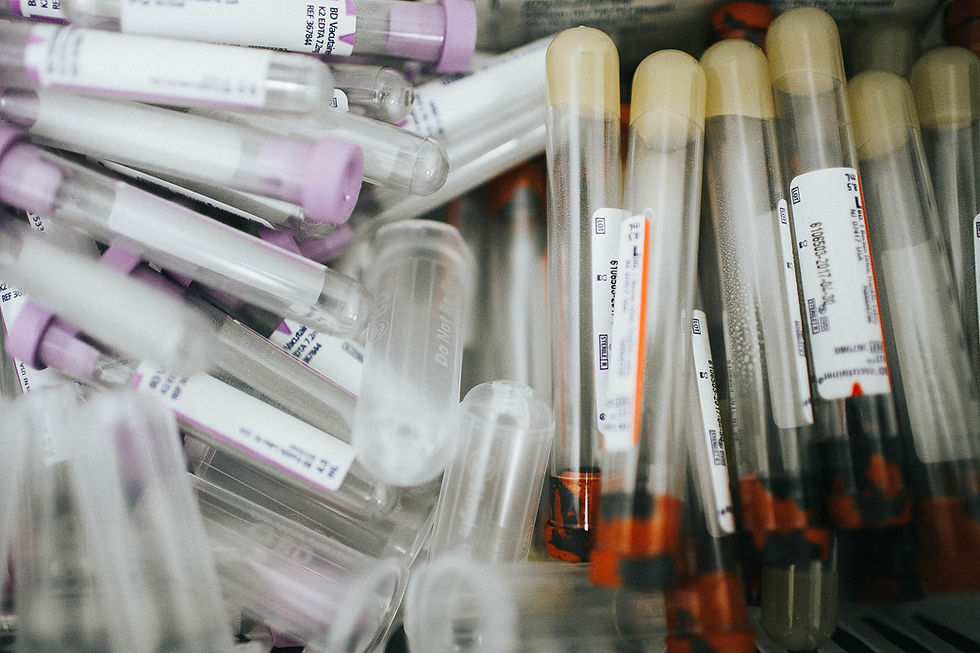What Happens if My PSA is Elevated?
- Roscoe Nelson, MD
- Feb 3, 2016
- 2 min read

After you get your PSA results (which usually take about a week from the day your blood is drawn), you will likely meet with your doctor to discuss what to do next.
Regardless of your age or PSA level, your doctor will perform a digital rectal exam (DRE) in order to detect any abnormalities of the prostate that can be felt. The PSA test and DRE are complimentary tests that are nearly always done together.
If your PSA is markedly elevated, regardless of your age, then your doctor will likely want to proceed with a test that will definitively say why your PSA is elevated. The only test that allows for a certain diagnosis is a prostate biopsy. A biopsy involves obtaining a tiny sample of tissue from the prostate, which can then be analyzed.
Prostate cancer, BPH, prostatitis, and other conditions can be diagnosed with a biopsy.
If your PSA is mildly elevated and you are young, otherwise healthy, and don’t have much of a family history of prostate cancer, then your doctor will likely wait and recheck your PSA level. Many conditions such as prostatitis are more likely to be the cause of a high PSA in a young, healthy man. On follow-up PSA testing, the PSA level should return to normal if it was temporarily elevated due to prostatitis.
If your PSA is not elevated and your digital rectal exam is normal, your doctor will likely do nothing more at the time, but will want to see you again in a year for another PSA test and DRE. Sometimes, if your PSA level is not elevated, but it has increased quickly in recent years (ie. a high PSA velocity), your doctor may be more concerned and recommended a biopsy.
If your PSA is not elevated, but there is an abnormality on your DRE, then a biopsy will likely be considered as well.





Comments